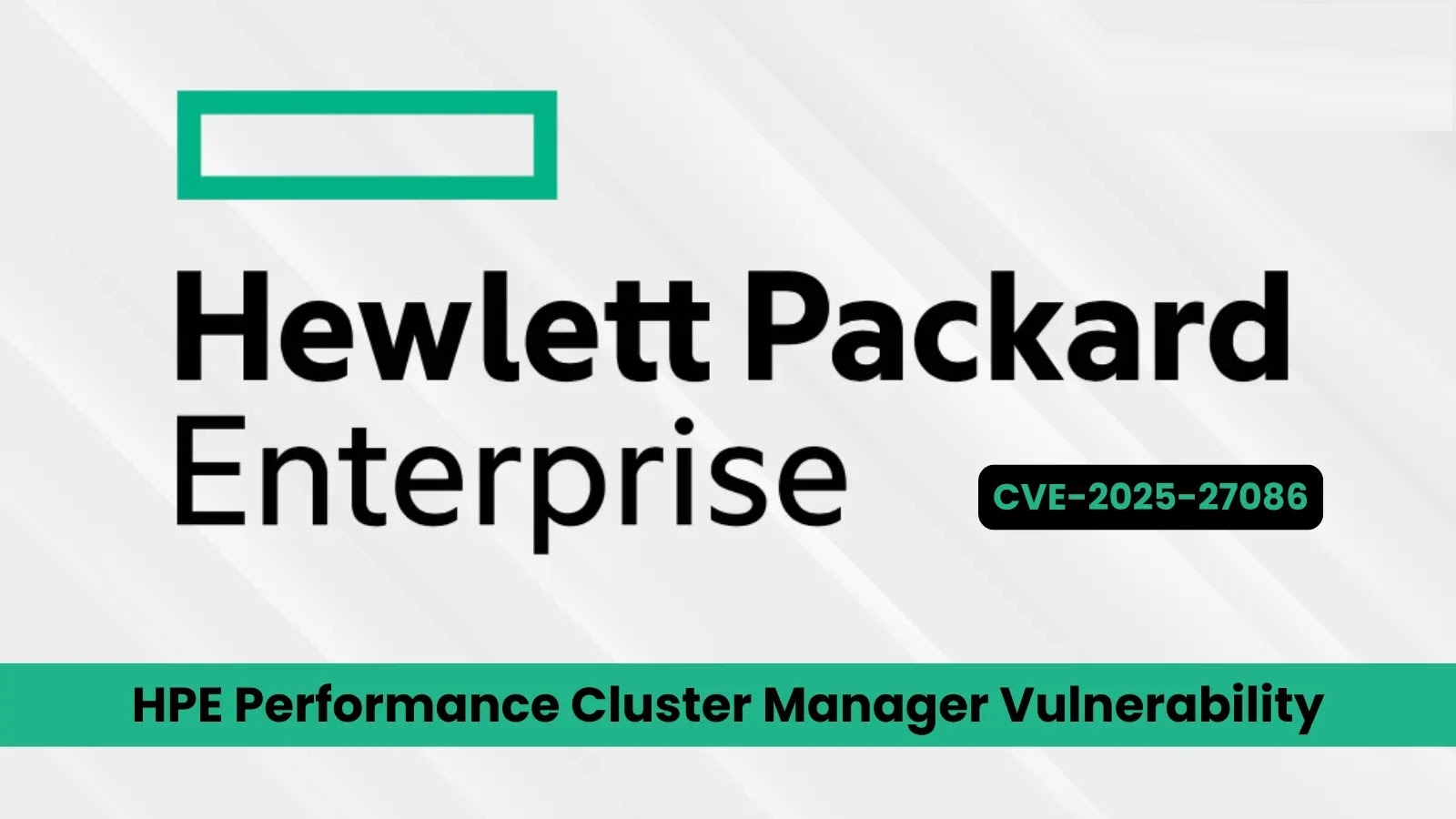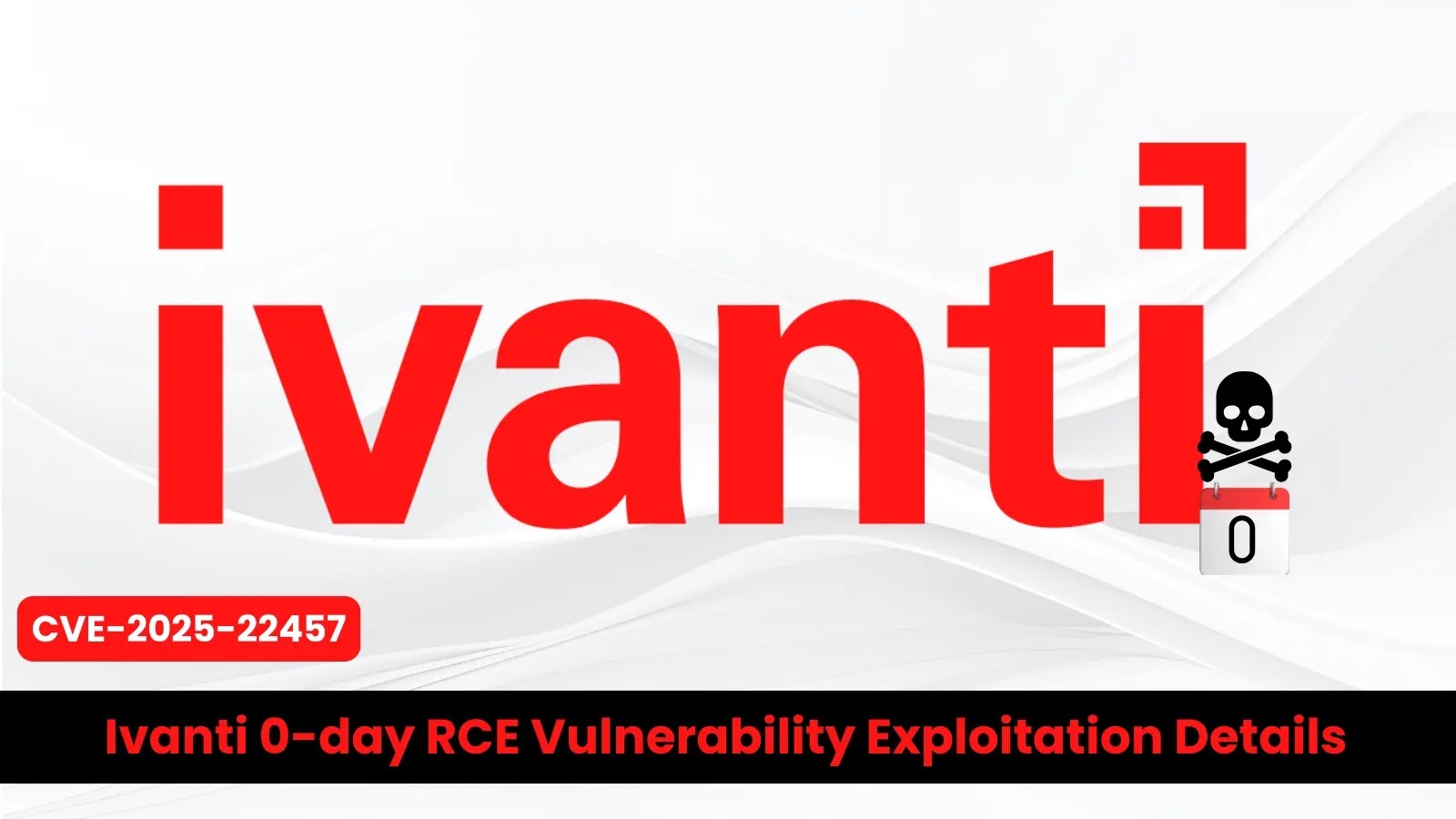A significant security flaw has been identified in Hewlett Packard Enterprise’s (HPE) Performance Cluster Manager (HPCM), potentially allowing unauthorized remote access to high-performance computing clusters. This vulnerability, designated as CVE-2025-27086, carries a CVSS 3.1 score of 8.1, indicating high severity. It affects all versions of HPCM up to and including 1.12.
Understanding the Vulnerability
HPCM is a comprehensive tool used for managing large-scale Linux-based computing clusters, capable of scaling up to 100,000 nodes. The identified vulnerability resides in the graphical user interface (GUI) of HPCM, which utilizes Remote Method Invocation (RMI) for communication between the GUI and the server. In the affected versions, improper handling of RMI requests creates a security gap that can be exploited.
By crafting specific requests, attackers can bypass the authentication process, gaining direct access to privileged functions without proper authorization. This breach poses significant risks to the integrity, confidentiality, and availability of the computing clusters managed by HPCM.
Potential Impact
The implications of this vulnerability are particularly concerning for organizations that rely on HPE’s cluster systems for critical infrastructure. Unauthorized access could lead to data breaches, disruption of services, and potential manipulation of computing resources. Given the widespread deployment of HPCM in enterprise environments, the potential for exploitation is substantial.
Mitigation Measures
HPE has addressed this vulnerability in HPCM version 1.13, which includes a complete fix. Organizations are strongly encouraged to upgrade to this latest version to eliminate the risk.
For those unable to immediately upgrade due to operational constraints, HPE has provided a temporary mitigation strategy:
1. Disable the RMI Service: Modify the configuration file located at `/opt/clmgr/etc/cmuserver.conf` by appending the argument `-Dcmu.rmi=false` to the `CMU_JAVA_SERVER_ARGS` variable.
2. Restart the Service: After making the modification, restart the `cmdb.service` to apply the changes.
Implementing this change will prevent the RMI service from starting, effectively blocking the insecure GUI interactions. However, it’s important to note that this will also disable GUI functionality, requiring administrators to use alternative management interfaces.
Broader Security Context
This vulnerability underscores the ongoing challenges in securing cluster management software. Similar remote authentication bypass flaws have been identified in other enterprise management platforms. For instance, in 2021, a vulnerability in HP Cloud Service Automation allowed remote authentication bypass when using Node.js in FIPS mode.
The recurrence of such vulnerabilities highlights the need for continuous vigilance and proactive security measures in managing complex computing environments.
Recommendations for Organizations
In light of this disclosure, organizations are advised to:
– Conduct Comprehensive Security Reviews: Regularly assess cluster management configurations to identify and mitigate potential vulnerabilities.
– Implement Regular Software Updates: Ensure that all software components are up-to-date with the latest security patches.
– Apply Security Patches Promptly: Address identified vulnerabilities without delay to minimize exposure.
– Utilize Network Segmentation: Implement network segmentation to limit the potential impact of a security breach.
By adopting these practices, organizations can significantly reduce their exposure to such vulnerabilities and enhance the overall security of their computing environments.
Conclusion
The discovery of CVE-2025-27086 in HPE’s Performance Cluster Manager serves as a critical reminder of the importance of robust security practices in managing high-performance computing clusters. Organizations must remain vigilant, promptly address identified vulnerabilities, and implement comprehensive security measures to protect their infrastructure from potential threats.



